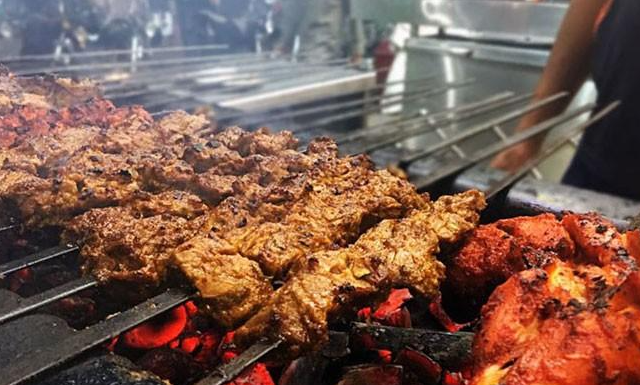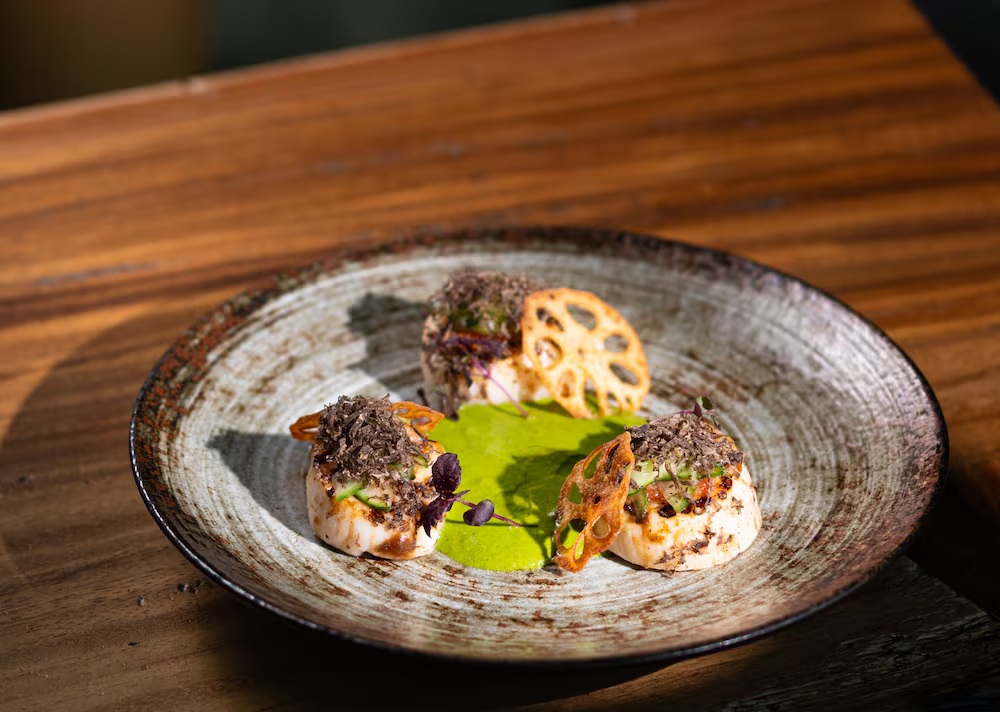
Buse Keskin
Whenever you tell someone you are going to Izmir, the first thing that comes to mind is definitely “boyoz.” This iconic pastry associated with Izmir is actually a symbol of the province’s diverse cultural history. It was brought five centuries ago by Sephardic Jews from lands far from İzmir, which was previously called Smyrna and the par excellence port city of the Ottoman Empire.
The story begins with the arrival of Sephardic Jews, who were expelled from Spain in 1492, to the Ottoman Empire. Offered refuge by Sultan Bayezid II, many found their way to Izmir and settled there, adding to the rich cultural mix of the city, which by the 17th century was home not only to Turks, but also Armenians, Greeks and Levantine Europeans.
The name boyoz is derived from “bollos,” meaning “buns” or “scones” in Spanish, as the two L’s are pronounced as Y’s. It is a simple, small, round pastry made from thin layers of dough. The original recipe is based on flour and sesame oil, and a few other ingredients; it does not contain yeast, and therefore may be eaten during Passover, the commemoration day of Hebrews’ liberation from slavery in Egypt. As there are many types of pastries introduced by Jewish immigrants, boyoz is a unique melting pot in which locals put their spin.

Rumor has it, Boyozcu Avram Usta is the first person to make boyoz in Izmir. Upon his death, they were sold under the name “Avram Usta’s boyoz.” Well into the 19th century, Izmir’s Jewish population was centered around Havra Sokaği (Synagogue Street) in Kemeraltı, the city’s historic market district, and Jewish families started to make boyoz at home.
Later, wealthier families moved to the Karataş and Göztepe districts of Izmir and bakeries started to produce the pastry. Until recently, all of the bakers in Izmir who made boyoz were run by Jewish bakers. Today, many pastries in Izmir are sold under the name “boyoz” but are not made according to the traditional recipe: instead of sesame oil, most bakeries now use sunflower oil. People are unaware that the traditional sesame oil-based version has almost completely disappeared.
The pastry has since received a geographical indication with the name of “Izmir boyozu.” Warm trays and street vendors in Izmir are full of boyoz. It may be troublesome eating it because of its crispy layers, still, it is worth it in the end. Generally, locals prefer to eat it with a side of hard-boiled eggs. Here is the recipe for boyoz that can add zest to your Sunday breakfast.
Ingredients
- 4 glasses of flour
- 1/5 glasses of warm water
- 1 full teaspoon of salt
- 1 full teaspoon of fruit molasses
To spread in-between:
- 6 full tablespoons of sesame oil/butter
The ingredients are mixed and kneaded well by hand to form a dough, which is then left to rest for about two hours. The dough can undergo further kneading and can be set aside for several more hours. Once the dough is well-formed and smooth, cut it into little balls and then soak the balls in a pan filled with sesame oil for an hour.
Remove the balls from the oil and roll them out into paper-thin rounds about the size of a small saucer. You can fold them into a bun shape and bake them plain or form them around the filling of your choice, spinach or cheese are great options. Then place the buns on a baking sheet and transfer them to the oven. Bake them at a high temperature until they are golden brown.
Courtesy: Dailysabah
The post Boyoz: Izmir’s flaky pastry of Sephardic origin appeared first on The Frontier Post.








